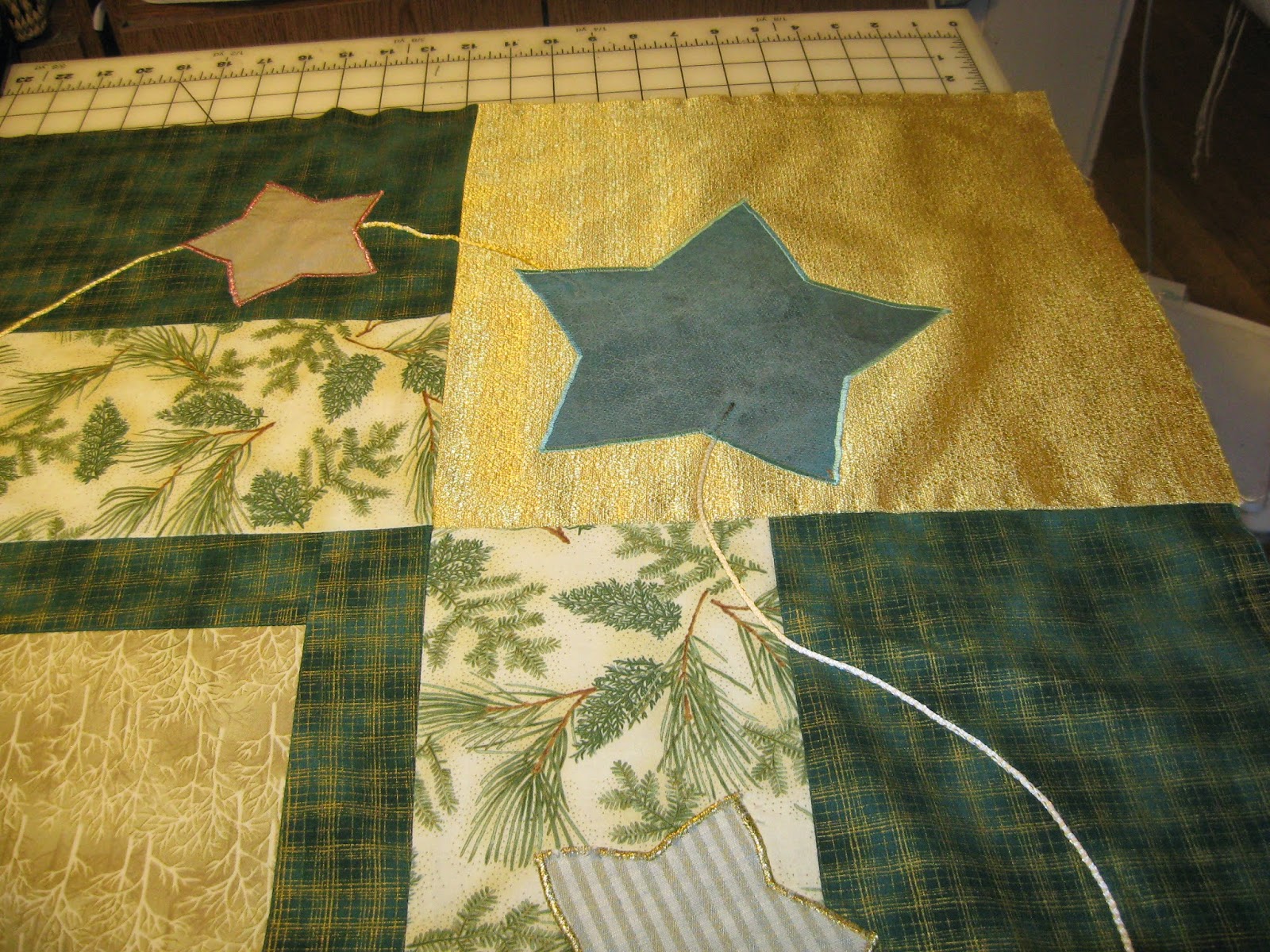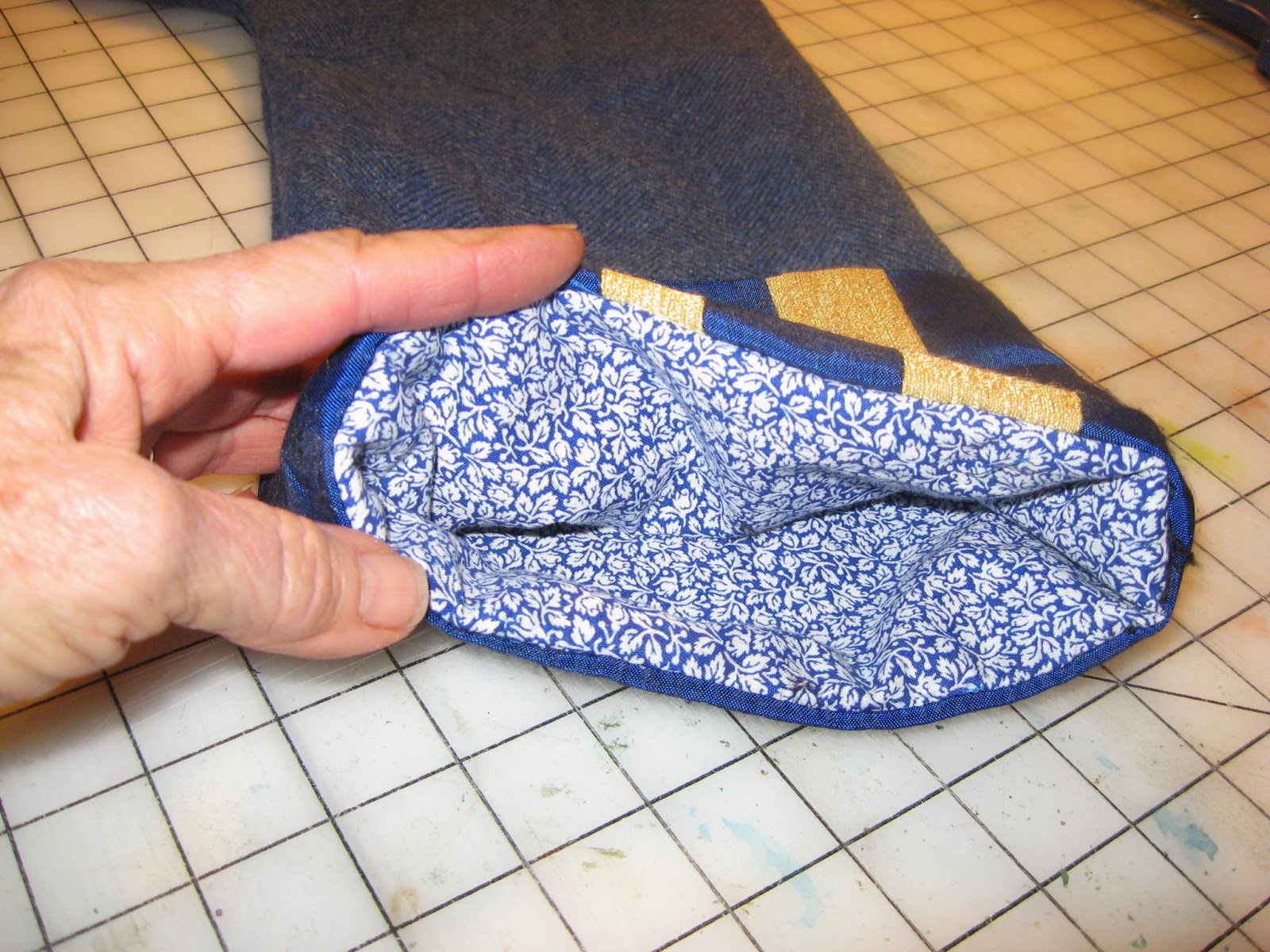Whether I'm worrying or not, it's Christmas, not to mention Hanukkah, and I feel compelled to make an effort, if minimal, to acknowledge the season.
I haven't been able to bring myself to deck my front hall this year. Usually this bannister is swagged with garlands punctuated with gauzy gold bows.
I put the garlands on the bannister only because Jerol forces me to do it on the day after Thanksgiving. I complain about the necessity and expectation of decorating for the holiday and Jerol says that if I want her to help I better do it while she's there visiting for Thanksgiving. And thus it gets done.
This year, no Jerol, no complaining, no garlands.
Plus, Joe and I got a tree--half-size this year to keep it away from our rambunctious puppy, Duncan--but have not been able to bring ourselves to decorate it.
The only room where I feel capable of creating any kind of holiday spirit is the dining room, where a dozen friends and family will be occupying the table a couple of times a day for a couple of days. Here at least, in the room that will see the most use, I could put down the holiday table topper. I made one in 2005.
This year, I put it on the table and decided it looked awful. The top and the bottom have never been flush with one another and always lie rumpled on the table. That's because I never bothered to quilt this item. I made the top, then layered it with the bottom, both of then with their right sides out, and no batting in between. The bottom was 3" larger than the top on all sides around so that the extra fabric could be folded over double into a self-hem. The two pieces, top and bottom, were sewn together only at this edge. No wonder it never stayed together right.
Every year when I lay that topper on my table for the winter, I wince at the wrinkles but, immersed in making the holiday happen, I give that chore a "Yeah, right, as if," because fixing it means taking it apart, squaring and evening out the top and bottom, and resewing them to one another, adding a layer of batting between them for stability, and finally giving it a decent binding.
This was the year.
I may not be able to fix Jerol, and I may not have enough holiday spirit to decorate my house and my tree, but I can straighten out this crumpled mess. Have you ever known anyone who loves to iron? I know a couple of people who do. I can understand the appeal of being able to smooth something out with such ease.
So I took the table topper apart, put it on my cutting table, and evened out the top and bottom, inserting a layer of batting in between.
I got the quilt sandwich even and square, then quilted it in the ditch in only a couple of places, just enough to hold the three layers together. At 58 inches square, it got pretty heavy once the third layer was added. I made a simple binding and put it on the table.
Straightened and uncrumpled, with the waves removed from its edges, it looks so much better. And I feel so much better having fixed it. It's worth the effort of proper construction, and it's worth preserving.
I have to tell you that as I worked, with the the weight of mortality never far from my mind, it occurred to me that my daughters will end up with this table topper after I'm gone. That's not morbid, that's reality.
The new normal: focusing on the fixable.



















































